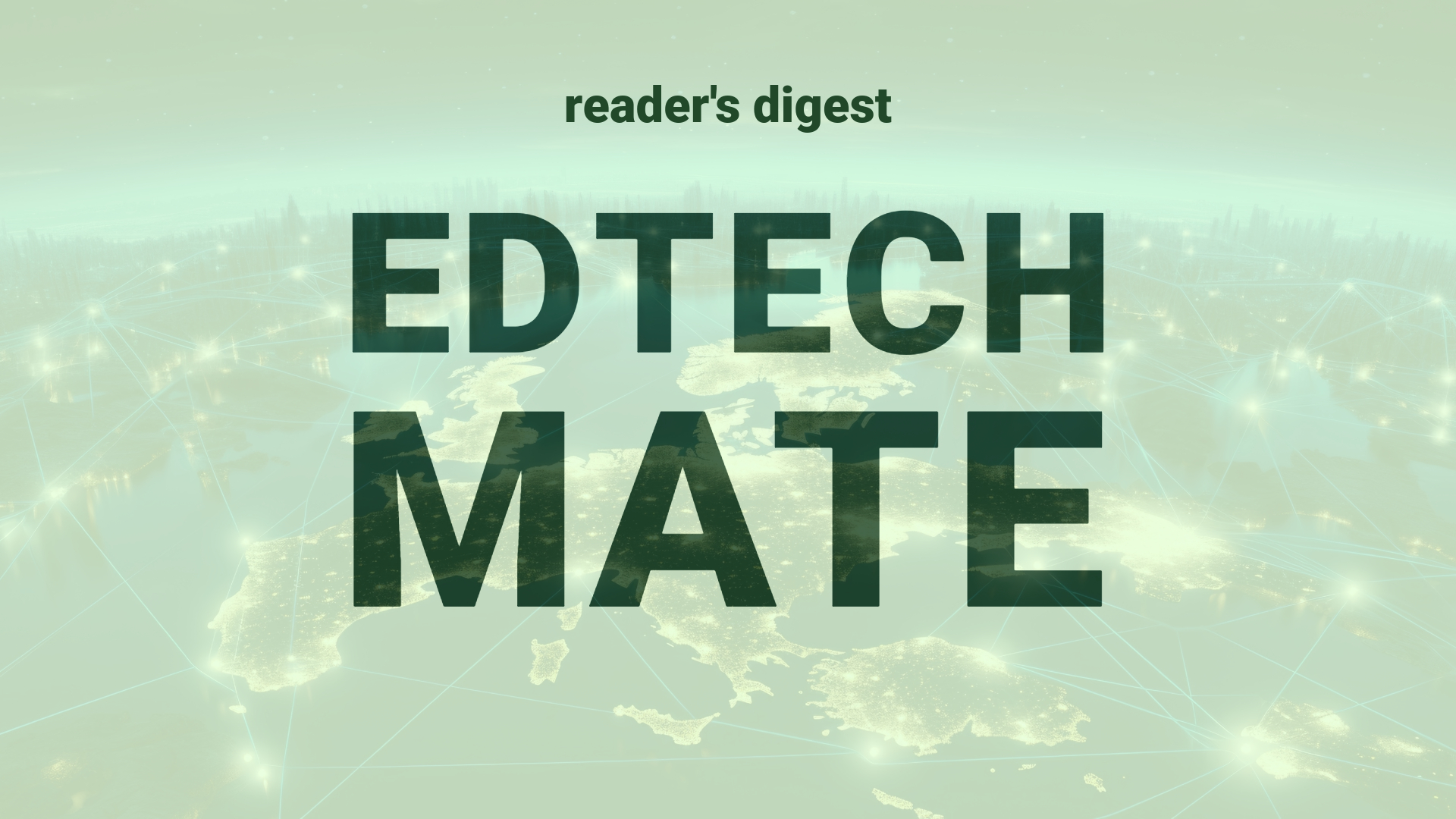Executive Summary and Main Points
The escalating integration of artificial intelligence (AI) into various sectors has prompted the U.S. government to contemplate legislative measures to manage societal adaptation. Early adopters like Klarna are leveraging AI for substantial productivity improvements, projecting a $40 million profit boost due to AI implementation in customer interactions. In contrast to the EU’s stringent AI regulations, the U.S. maintains a more lenient regulatory stance, fostering a more entrepreneurial tech landscape. Congressional efforts have led to private industry engagements to navigate AI risks while the concept of a ‘robot tax’ is debated as a counterbalance to workforce displacement.
Potential Impact in the Education Sector
Legislative discussions and industry commitments could catalyze widespread AI adoption in education. By mirroring labor productivity gains as seen in finance by companies like Klarna, Further Education and Higher Education could experience increased efficiencies in administrative tasks and student support services. Micro-credentials might also become more personalized and scalable through AI systems. Strategic partnerships among educational institutes and tech firms can potentiate a transition towards data-driven academic environments while also necessitating considerations for responsible AI use within educational frameworks.
Potential Applicability in the Education Sector
Innovations in AI can redefine global education systems. The use of AI assistants in student services can enhance the quality and speed of educational support, similar to Klarna’s customer service automation. AI could bridge gaps in teaching resources, facilitate personalized learning at scale, and enable the development of dynamic micro-credentialing systems. By adopting secure and ethical AI tools, educational institutions can remain competitive in digital transformation while preparing students for a future where AI is standard.
Criticism and Potential Shortfalls
While AI harbors transformative potential, criticisms include the displacement of jobs and ethical issues surrounding privacy and data bias, which are of particular concern in the education sector. Comparative international case studies, like the European Union’s rigorous AI legislation versus the U.S.’s more relaxed approach, underscore variances in balancing innovation and regulation. The failure to acknowledge cultural differences and the ethical landscape in AI deployment could undermine the success and acceptability of technological applications in global higher education.
Actionable Recommendations
To integrate AI into higher education effectively, it’s recommended that institutions actively engage with policymakers to shape AI-attuned educational environments. Investing in collaborative research on AI’s impact on learning outcomes, as well as setting up pilot programs testing AI tools, can provide critical insights. Moreover, educational leaders should cultivate AI literacy across campus to equip students and staff with the necessary skills to navigate a tech-intensive future. Responsible AI use policies and ethical guidelines will be paramount to ensure culturally sensitive and inclusive education technologies.
Source article: https://www.cnbc.com/2024/04/13/how-the-us-government-is-regulating-ai.html

